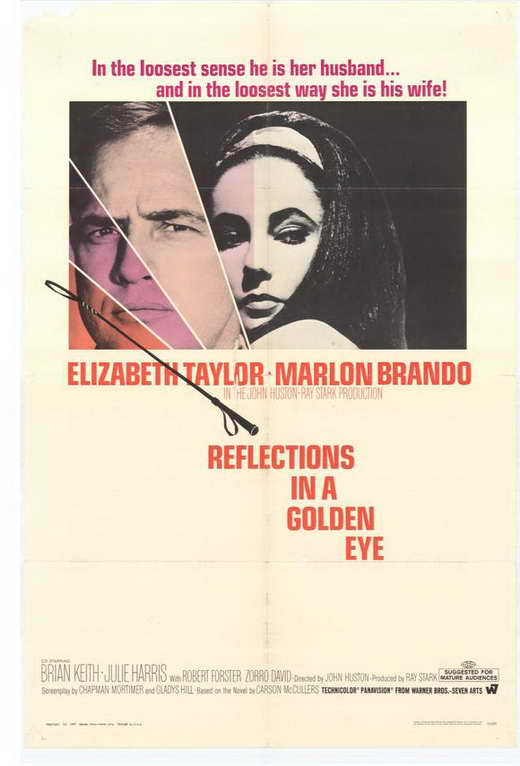THE UNFORVIVEN-LANCASTER & HEPBURN
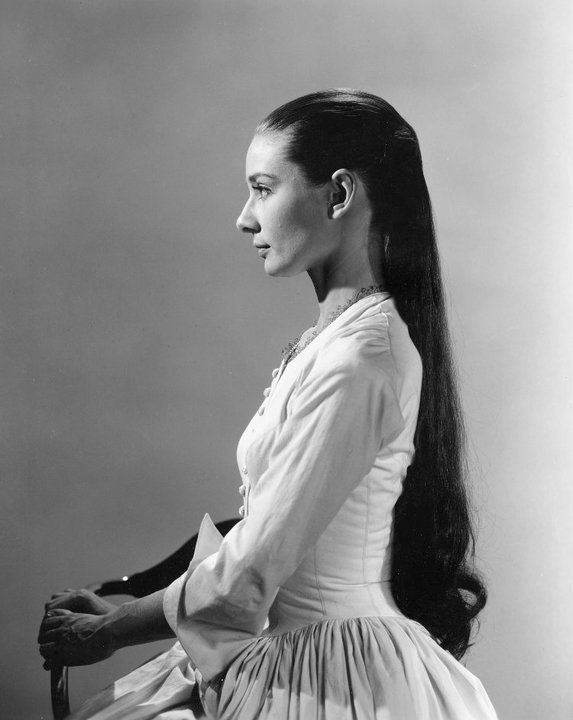
THE UNFORGIVEN (not to be confused with UNFORGIVEN, Clint Eastwood’s great movie) is a movie I never grow tired of watching. (This one was directed by John Huston.) I loved this film from the moment I first saw it sitting in the 5th row aisle seat of the Wakefield Theater in the Bronx. I loved the visuals, loved the music and thought the actors especially good; most specifically Audrey Hepburn and Audie Murphy. I felt the same when I saw the film again on network TV (I think ABC Sunday Night Movie) the mid-60s and then a few years after that on The Million Dollar Movie on Channel 9 in NYC. (Where it was shown twice a day and on the weekend for one week—and not only was it cut, but for some strange reason the opening credits were put at the end of the movie. Still despite this I caught almost ever showing.) I bought in in DVD and recently Blu-Ray and watch it at least once a year.
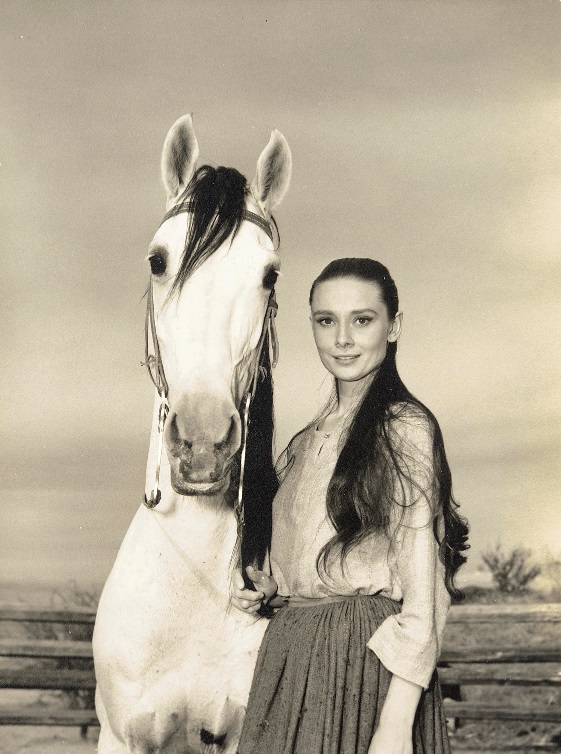
When I first saw the film at the Wakefield, not having seen Audrey Hepburn in anything before that—I had no reference point to judge her performance in any context other than on its own and I loved her here as a beauty in the rough. Sitting between two of her most iconic roles; the NUNS STORY and BREAKFAST AT TIFFANY, it seems to have gotten lost in the shuffle. This is a shame as she is wonderful.aalthough, SABRINA this film definitely wasn’t.
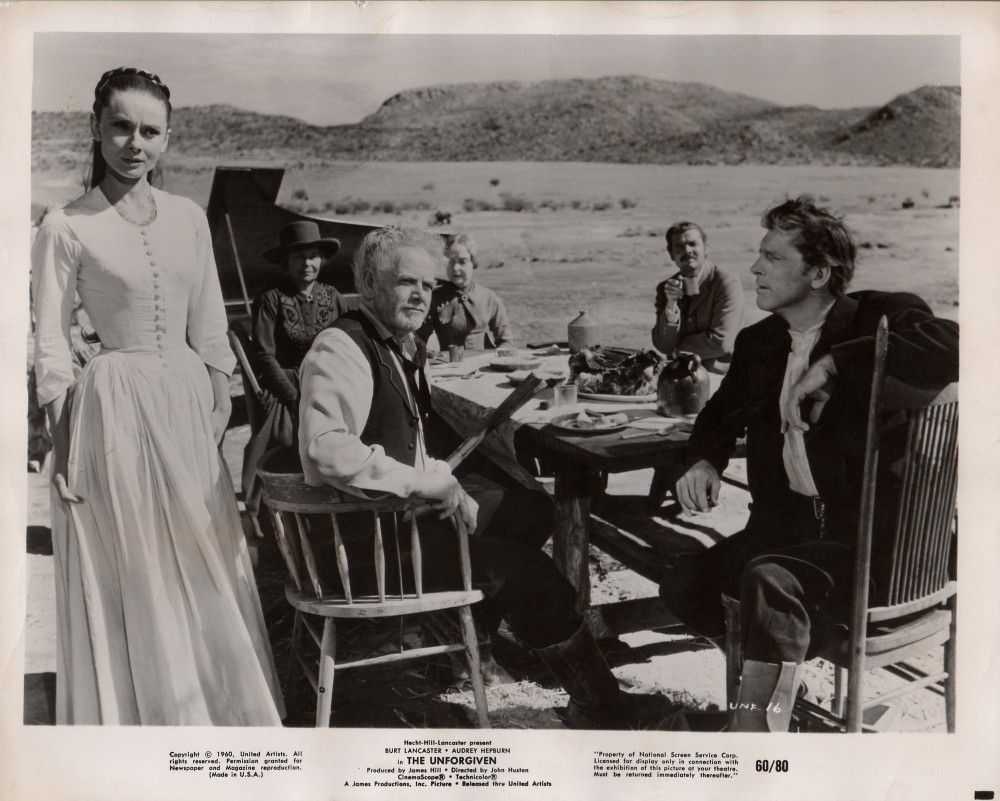
It was different and she never again tried something that different. As the film failed at the box office, Hepburn obviously determined her public didn’t want to see her in roles like this and she went back to the films in which they did accept her. MY FAIR LADY was another change of pace but there she achieved success. Like WAIT UNTIL DARK and the films that followed THE UNFORGIVEN were more or less variations of Hepburn’s accepted and loved screen persona. But to my way of thinking THE UNFORGIVEN is up there among her best screen work.

Andie Murphy has—in my opinion—given two really great performances both directed by John Huston; here and in THE RED BADGE OF COURAGE. Even down to the clothes he wears over and over the character comes across as absolutely authentic. Doug McClure before he started doing TV is just wonderful here as well.
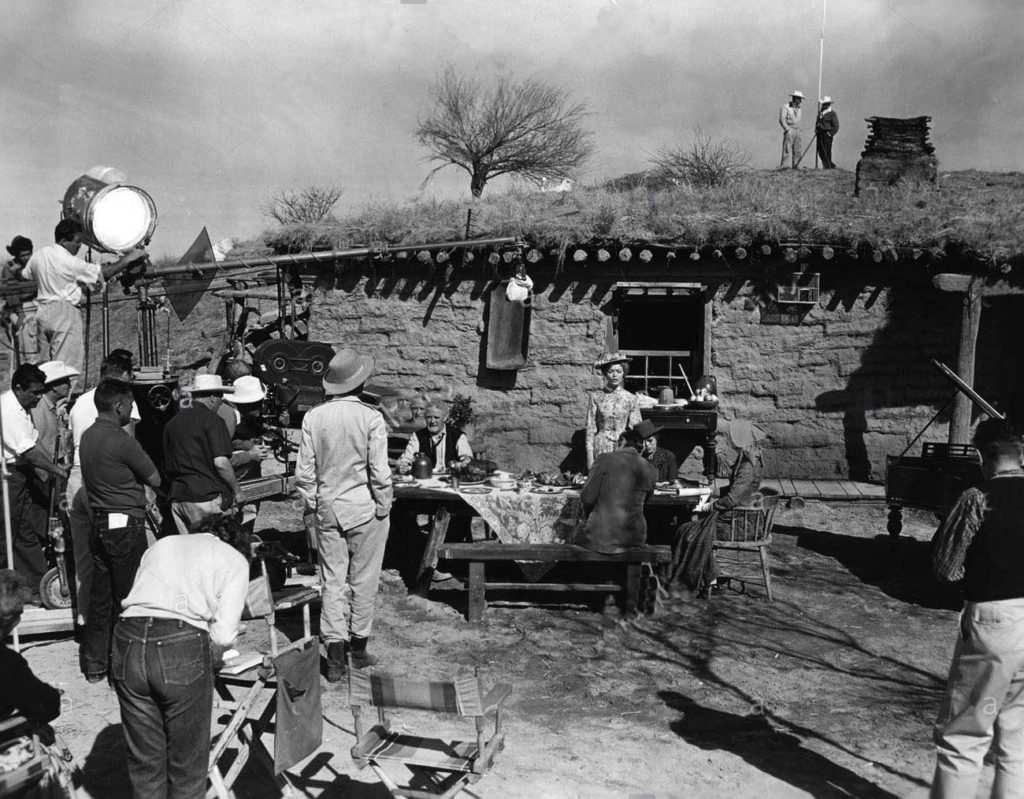
The visuals of the film are extraordinary. From costumes to sets; most especially that house built into the hill, I felt watching it when I was a pre-teen that this was how the real west looked and not like those stupid backlot western towns on Western TV shows so popular at the time. That house was also a complicated set and cost $250,000. In those days you could make a B-Film for that amount of money.
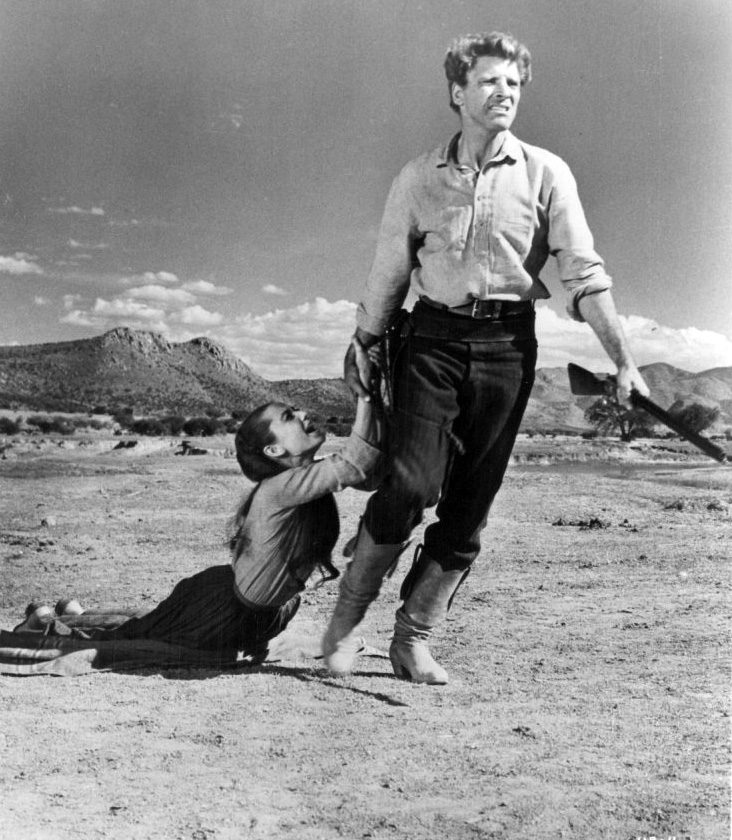
Then there is the music. Without question one of Dimitri Tiomkin’s finest scores; the recording was, and is, like nothing I have ever heard. It sounds as if the orchestra was transported to the open plains of the film and recorded there. In addition to the main theme, the score is filled with wonderful melodies that are played in only one scene and never heard again. As for the main theme I am still able to hum it on request. It is that memorable.
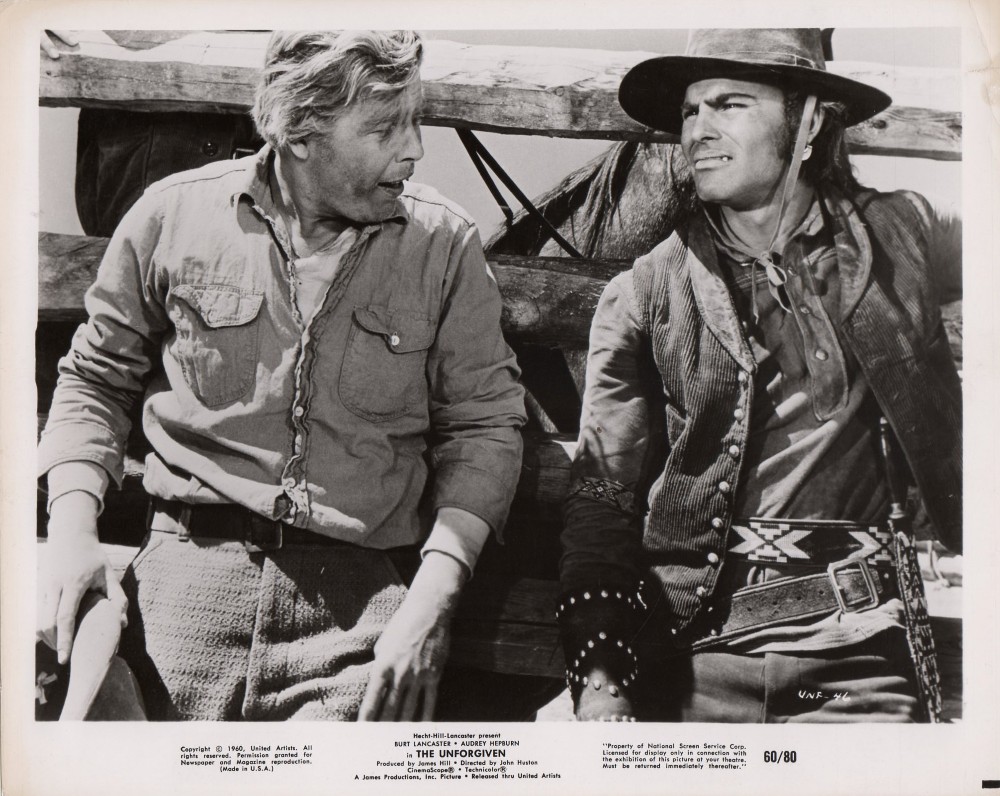
At the time of release the film was supposed to be a “study” of racism—substituting Native Americans for Blacks. Hepburn—unknown to the general community in the film—is an Indian girl raised by a white ranch family. When it is discovered what she really is, the entire rural community turns their back on the family because they refuse to cast her out. Thus, attacked by the Indian Brother of the girl, and dozens of his braves, the family must fight them off alone without the help of the community but, standing alone, in the end succeed. What I eventually realized was that the film wasn’t about racism as much as it is about family and how it is the ultimate support group—what we can always count on when all else fails. Although the issue of racial “superiority” at first appears to be the central concern of the film for me, as I mention above, it is about choosing/determining who and what Hepburn’s family really is and I think it is a profound element in the film. The question must be asked “what is family.”
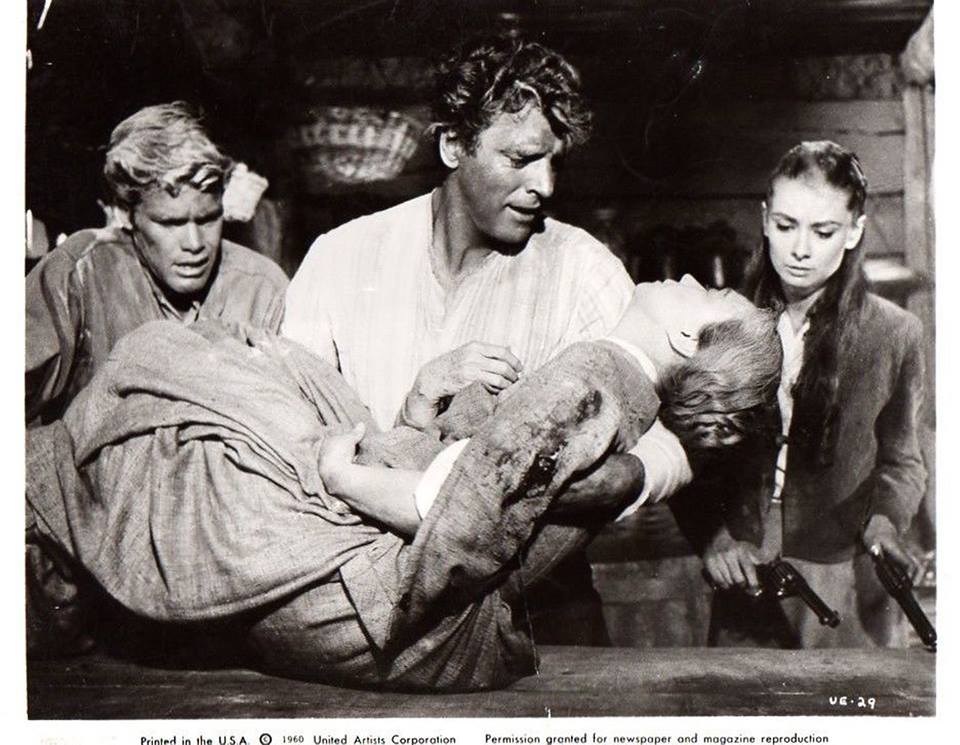
Murphy—who like Hepburn is wonderful in the film—hates Indians as they had killed his father and when he finds out that his sister is Indian demands she be thrown out and leaves when his Brother (Lancaster) refuses. But in the final confrontation with the Indians he returns to his family and is ultimately the reason why they succeed. The Last shot in the film, the three brothers and sisters walking out of their burned and ruined home, look up at the sky at a small flock of birds flying off is a scene. I can look at over and over. Finding his mother—one of Lillian Gish’s greatest sound performances—is dead Murphy is the last to join the others. He walks up to Hepburn and in a gesture you might miss on one viewing, Hepburn grabs hold of his arm and they—Indian sister and all—are a united family again; family overcoming racism that had that torn them apart and then bring them together again. The scene and what is “saying” always leaves me in with tears.
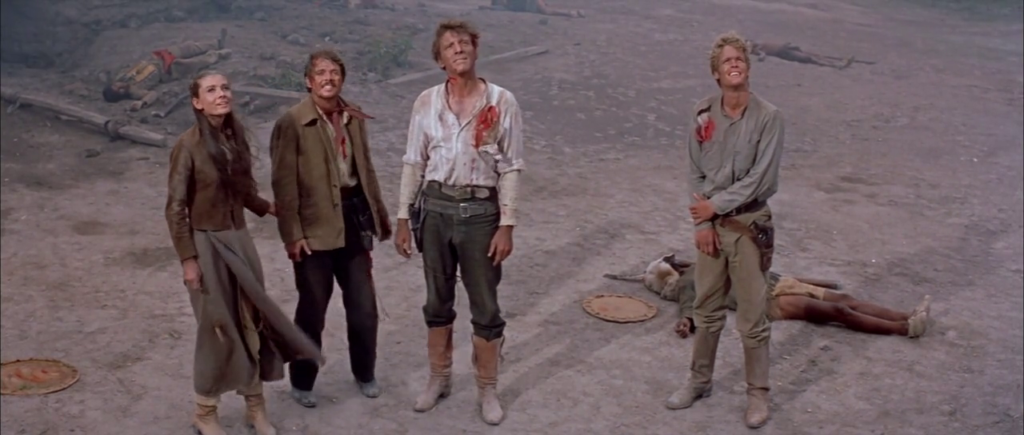
Lancaster is of course great and this was the year as he won his Oscar for ELMER GANTRY released just a few months later. The film should be seen along the THE SEARCHERS; the very great film John Ford film in which Wayne—along with LIBERTY VALANCE—gives his greatest performance. When he takes Wood into his arms ready to kill her because she sleeps with an Indian, and sees her mother in her face all his hate fades away and says “Let’s go Home Debbie.” Great stuff. That scene reminds me so much of the last one in the Unforgiven. Family trumps everything.

As for its look at Indians and Indian culture…well; typical Hollywood and a simplistic approach. Nevertheless this was a brother fighting to have her sister back. First by a horse trade and then by the Indian attack (the horse trading an interesting insight into Indian Culture if over simplified.)
.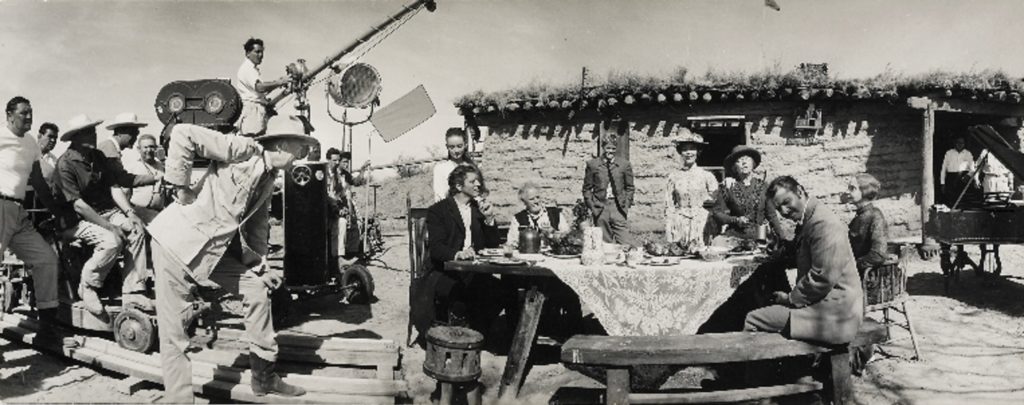
The film is woefully underrated which I believe to be one of John Huston’s best films in which he put a great effort to make it the film that it is. Watching it over and over I never tire of it as there is no affectation here. For me at least, viewing after viewing THE UNFORGIVEN comes across as genuine in both performances, visuals and story points. You haven’t seen it, give it a look.
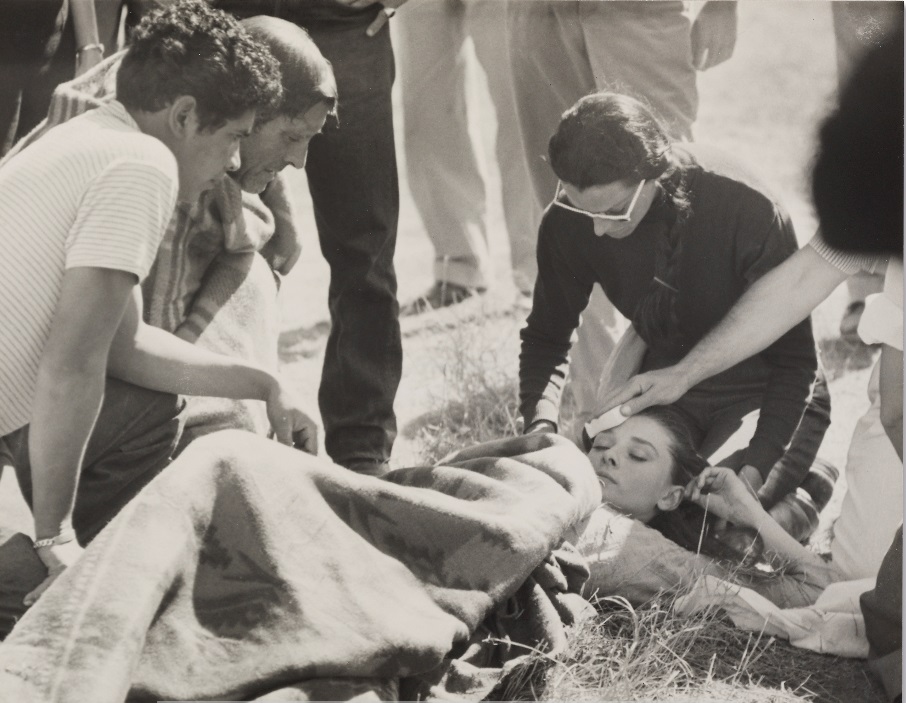
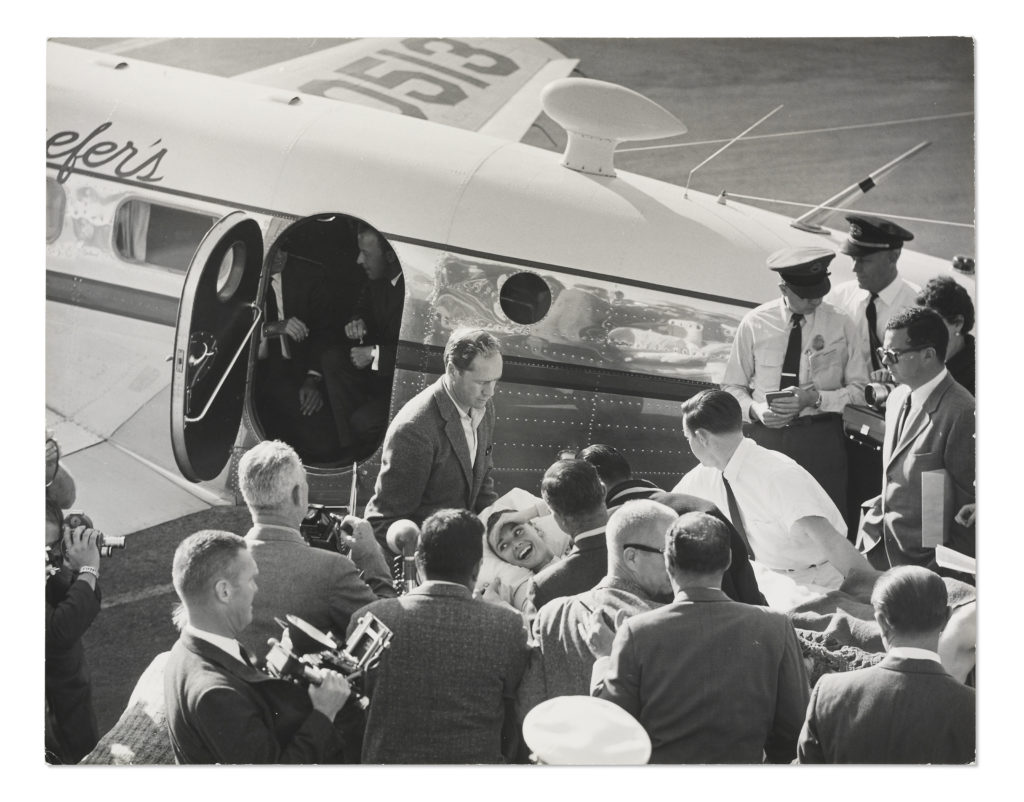
Aside from the unusual casting of Audrey Hepburn, the film is most notable for its behind-the-scenes problems. Production was suspended for several months in 1959 after Hepburn broke her back when she fell off a horse while rehearsing a scene. Although she eventually recovered, the accident was blamed for the subsequent miscarriage Hepburn suffered.
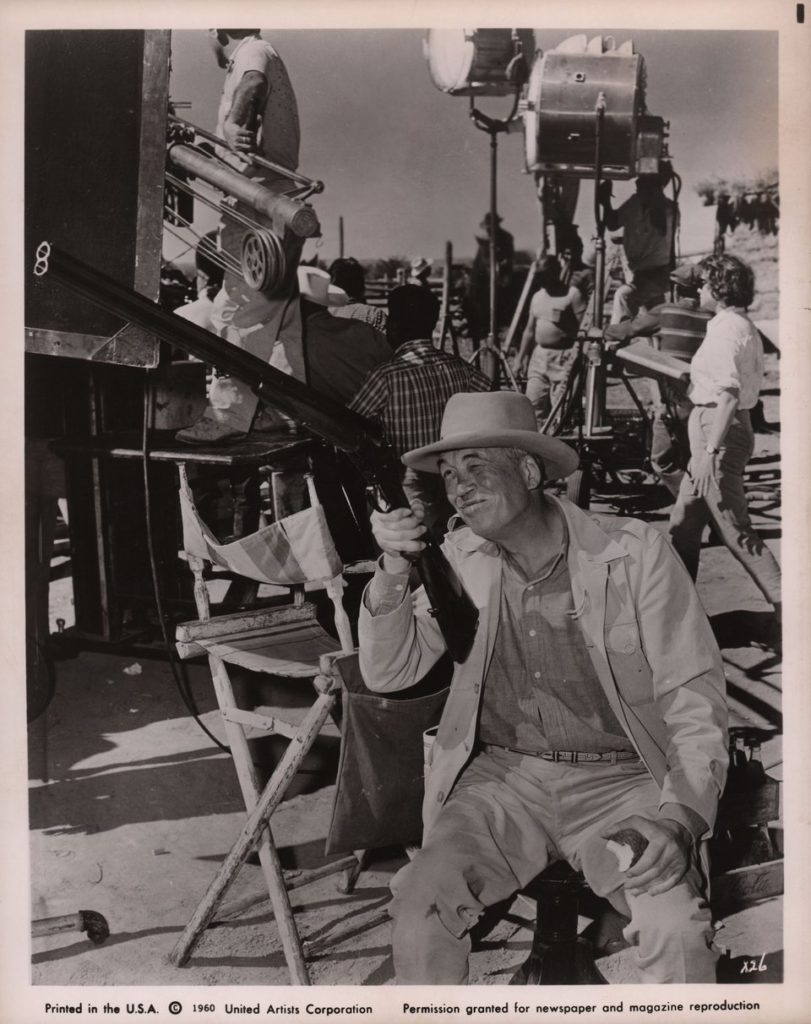
If a film failed at the box office Huston was usually disappointed. If a film succeeded then he was always pleased. Huston was well aware that he had spotty record regarding Box Office Success and, so, box office was always a sensitive issue with him. Another great film that failed at the box-office was FREUD. In FREUD Clift gives—I think—his greatest performance and Huston was disappointed with it because he wasn’t able shoot long takes due to Clift’s various medical issues and Universal blamed Clift for the overages which prevented him from working for almost four years. That film failed at the box-office. What’s interesting was that at Liz Taylor’s insistence Clift was scheduled to be in REFLECTIONS IN THE GOLDEN EYE also directed by Huston but Clift died before he film went into production. Marlon Brando replaced him and gave one of his greatest performances which like Hepburn in THE UNFORGIVEN was a performance woefully underrated.
